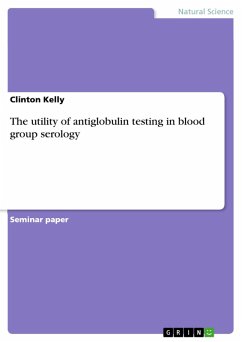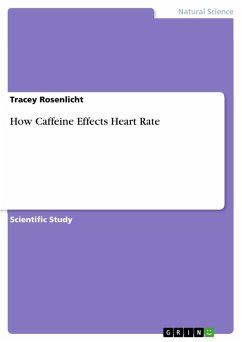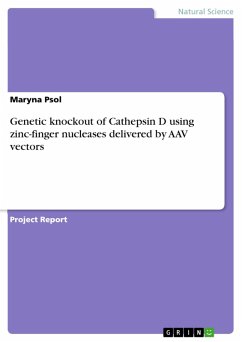Seminar paper from the year 2013 in the subject Biology - Human Biology, grade: B, New York University, language: English, abstract: The detection of reactions between antigen and antibody has been used to "phenotype" cells and to establish the presence of either antibody or antigen. Blood group antigens are either IgG or IgM. Though divalent, the IgG molecule is monomeric and the distance between two Fab regions is not generally enough to allow for direct agglutination. This therefore means that the detection of IgG reactions will have to be enhanced. The most commonly employed techniques include the use of enzymes to cleave negatively charged particles on the surface of the red blood cells in order to reduce the negative charge and hence repulsion of the red cells. This then reduces the distance between cells and enables them to come together whence an agglutination reaction can be observed. Secondary antibodies may also be used to help in the detection of the reaction. Apart from blood group serology, the detection of other human proteins which are capable of developing IgG antibodies and fixing complement can utilize this technique. Disease therapy monitoring in immunoglobulin therapies may also employ this technique. The Antiglobulin Test Systems Test systems that have been used in the detection of serological reactions can be classified into three broad categories namely Liquid phase systems This is the gold standard for detection of serologically significant reactions. The detection of reaction is by use of tubes or microtitre wells to visualize the reaction. There need be meticulous attention to the reactions and especially when the indirect antiglobulin test is performed and at the washing stage in particular. Column agglutination systems This simple column test allow for the use of glass beads or a gel system in six columns. The gel or microbead system is formulated to allow the passage of unagglutinated cells to the bottom but not agglutinated cells. A positive reaction is thus characterised by agglutinates at the top of the column and a button of free red cells at the bottom. Reagent IgM or Antiglobulin can thus be added to type the reaction without need for washing.
Dieser Download kann aus rechtlichen Gründen nur mit Rechnungsadresse in A, B, BG, CY, CZ, D, DK, EW, E, FIN, F, GR, HR, H, IRL, I, LT, L, LR, M, NL, PL, P, R, S, SLO, SK ausgeliefert werden.









